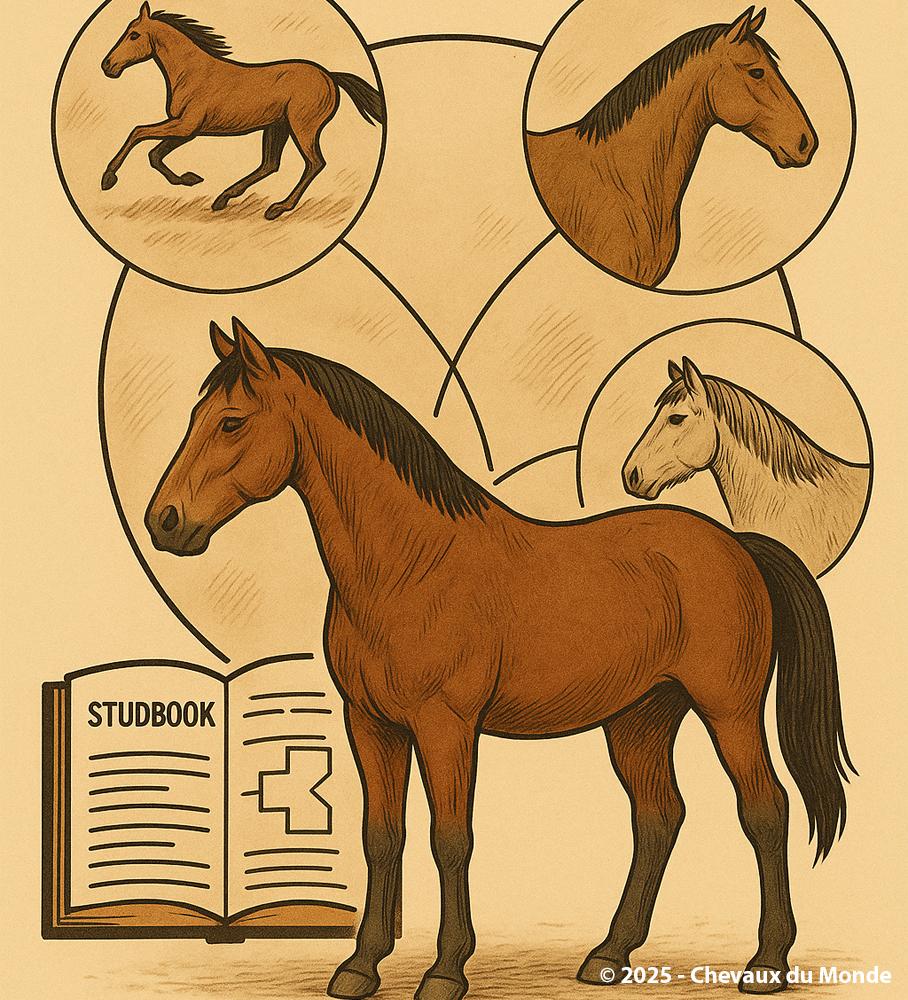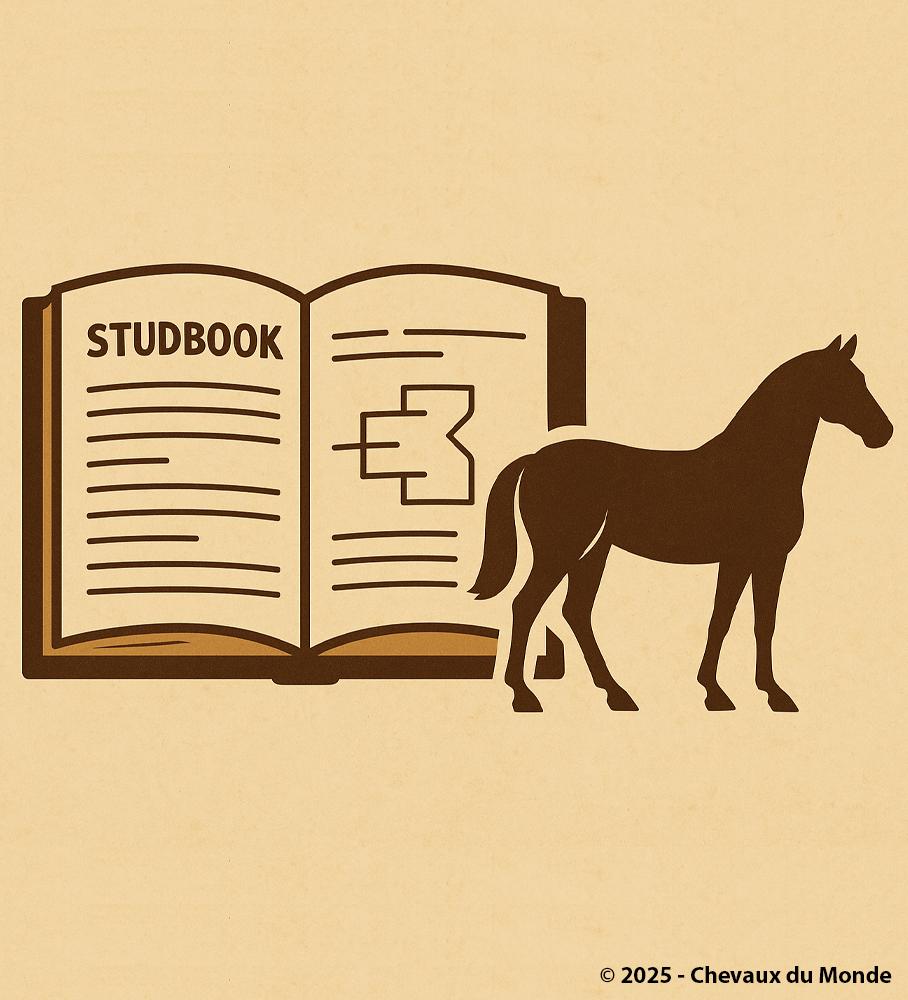BREEDING SELECTION: BETWEEN TRADITION AND SCIENCE

Breeding selection combines ancestral knowledge, pedigree studies, scientific data, and health criteria. Modern genetics and performance tracking help refine choices while preserving each breed’s unique identity.
Breeding selection is a fundamental pillar in the evolution of horse breeds. While in the past, breeders relied on instinct and observation, today's methods combine tradition with modern technologies.
So how do we decide which horses are worthy of producing the next generation?
Let’s dive into the behind-the-scenes of a demanding and fascinating process.
An Ancient Tradition Rooted in Observation
For centuries, selection was based almost exclusively on:
– Appearance: a harmonious, well-proportioned horse with good gaits was preferred.
– Temperament: docility, courage, energy or calmness depending on the use.
– Performance: suitability for work, war, hunting, or sport.
Breeders, sometimes over several generations, refined their bloodlines empirically by observing the qualities passed down from a stallion or mare to their offspring.
The Central Role of Stud-books in Selection
A stud-book acts as a referee: it defines the criteria for breeding approval according to the goals of each breed. Every stud-book sets clear rules:
– Ancestry requirements: presence of registered ancestors.
– Morphological approval by a committee.
– Performance tests, mandatory or recommended.
– Veterinary controls (X-rays, DNA tests, hereditary diseases, etc.).
– Behavior and gaits, often assessed during approval days.
Science Takes the Lead
Today, selection is no longer based solely on looks or ancestry. Genetics and science-based tools refine decisions:
– DNA tests to confirm lineage or detect harmful mutations.
– Genetic indexes: they estimate a horse’s ability to transmit traits (movement, growth, fertility, etc.).
– Lineage tracking to avoid excessive inbreeding.
– Performance data analysis across thousands of individuals via digital databases.
Mathematical modeling can even predict the most promising pairings between breeders.
Highly Regulated Approval Trials
To be recognized as a breeding horse in many breeds, the candidate must pass:
– A strict morphological inspection (height, limbs, proportions, etc.)
– Temperament or behavioral tests, in-hand and under saddle
– Sometimes a sport test (jumping, dressage, driving), depending on the breed’s focus
These events are public, supervised by judges, and result in a global score that determines whether the horse is officially approved.
A Delicate Balance Between Standardization and Diversity
While selection aims to improve and fix a breed’s traits, it also carries risks:
– Genetic impoverishment if the same breeders are overused
– Excessive uniformity, to the detriment of hardiness or health
– Exclusion of horses with valuable yet less visible traits (e.g., endurance, intelligence, uniqueness…)
The key lies in balanced selection, combining objective data with the breeder’s intuition. A horse is not an industrial product — it is a living being, unique and worthy of respect.



